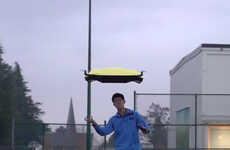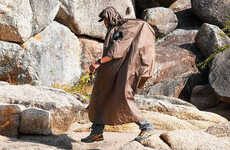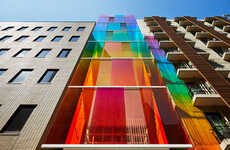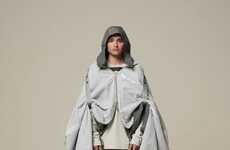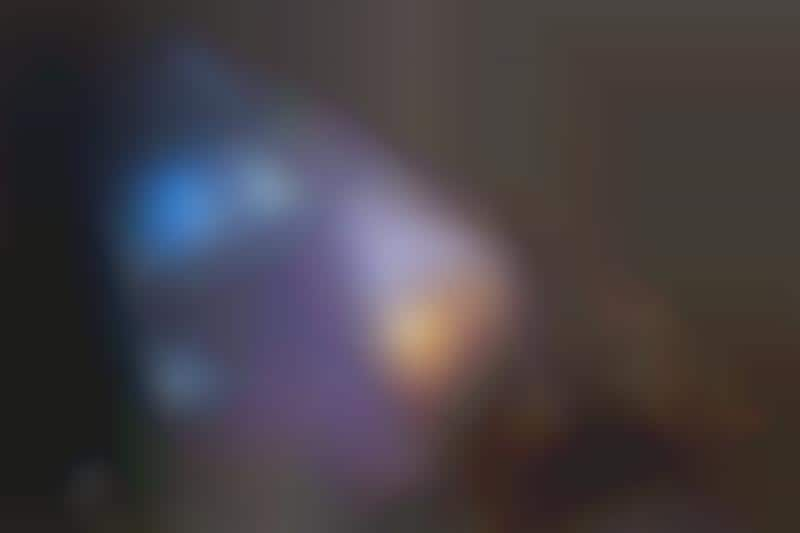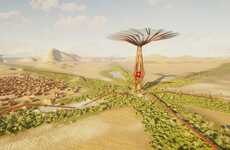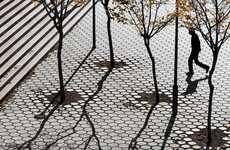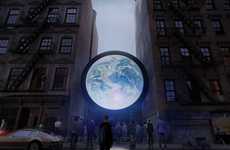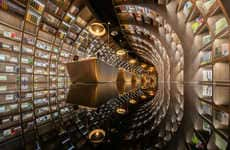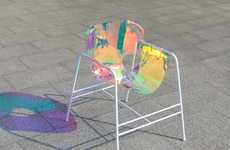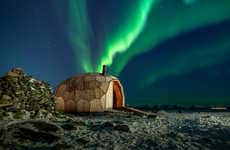
Sidewalk Labs Showcases Protective Layers for a Smart City
Kalin Ned — March 13, 2019 — Art & Design
References: sidewalklabs & dezeen
Sidewalk Labs is currently testing out the concept of building raincoats for the smart city in Toronto. Debuted earlier this month, the prototype collection boasts ideas from various firms — including Toronto-based Partisans who collaborated with "Canadian environmental engineering company RWDI and Italian firm Maffeis Engineering."
The idea of building raincoats stems from the search for a viable solution for Toronto's harsh weather. As winters can get pretty cold and the climate is generally quite windy — especially in areas like the Harbour Waterfront where Toronto's smart city is planned, this seems like a worthwhile endeavor.
In addition, the building raincoat prototypes offer the opportunity for customization, adding a unique quality to each design through awe-inspiring shapes, as well as a canvas for interactive artistic projections and installations.
Photo Credits: David Pike
The idea of building raincoats stems from the search for a viable solution for Toronto's harsh weather. As winters can get pretty cold and the climate is generally quite windy — especially in areas like the Harbour Waterfront where Toronto's smart city is planned, this seems like a worthwhile endeavor.
In addition, the building raincoat prototypes offer the opportunity for customization, adding a unique quality to each design through awe-inspiring shapes, as well as a canvas for interactive artistic projections and installations.
Photo Credits: David Pike
Trend Themes
1. Building Raincoats for Cities - Opportunity for new materials and design solutions to offer improved weather protection for smart cities in extreme climates.
2. Customizable Building Design - Opportunity for architects and engineers to incorporate unique design elements that also provide functional benefits, such as weather protection.
3. Interactive Building Facades - Opportunity to incorporate projection and installation art onto building facades, making them interactive and visually appealing.
Industry Implications
1. Architecture and Engineering - New opportunities for architects and engineers to develop innovative building materials and designs that combine form and function.
2. Smart City Technology - Potential for new businesses to create innovations that improve the functionality of smart city designs such as weather protection, making them more habitable for human populations.
3. Art and Design - Artists and designers can harness the combination of technology and architecture to create visually stunning public installations that enhance the urban environment.
3.6
Score
Popularity
Activity
Freshness

